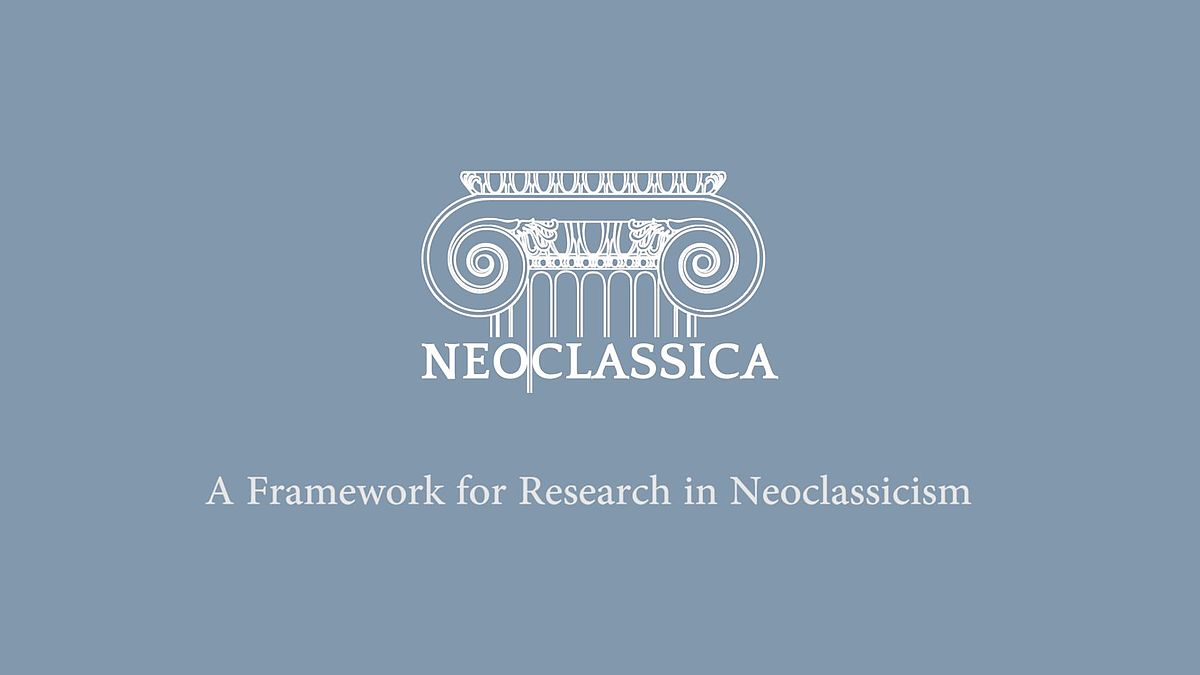Neoclassica - Using artificial intelligence to identify classicistic objects
The 'Neoclassica' framework offers research tools to study the diversity of classical features in various media: correspondences, intrications and references of aesthetic forms of classicism.
Neoclassica uses a dual approach to the object. On the one hand, the project formalises both knowledge in art history and in the history of architecture and knowledge in historical studies as a specific ontology. On the other hand, it allows for the identification and automatic classification of objects, forms and concepts from the age of classicism in digital images and text assemblages.
The Neoclassica ontology is based on the CIDOC Conceptual Reference Model and supplemented by concepts describing architecture, furniture and applied arts and derived from contemporary sources. It provides a controlled vocabulary that is both research-oriented and multilingual. At the same time, it takes into account the diverseness of the represented concepts in the various languages, including English, German and French.
The bottom-up approach employs deep learning algorithms and distributional semantics for knowledge extraction and resorts to classifying information into image and text corpora. Deep learning facilitates object and feature classification in digital images of digital image media and of contemporary drawings, illustrations and paintings. Texts are mined using either named entity recognition or relationship extraction.
The results yielded by these two techniques are brought together in a formal knowledge representation. System access is ensured by a specially developed annotation and curation tool.
In the long run, we hope to upgrade Neoclassica into a research platform sustained by an international community of classicism researchers.
Further information:
Research supervisor and team
Professor Siegfried Handschuh
How can methods used in the humanities be translated into algorithms?
How can methods used in the humanities be translated into algorithms?
Maria Christoforaki
Simon Doning
Bernhard Bermeitinger



